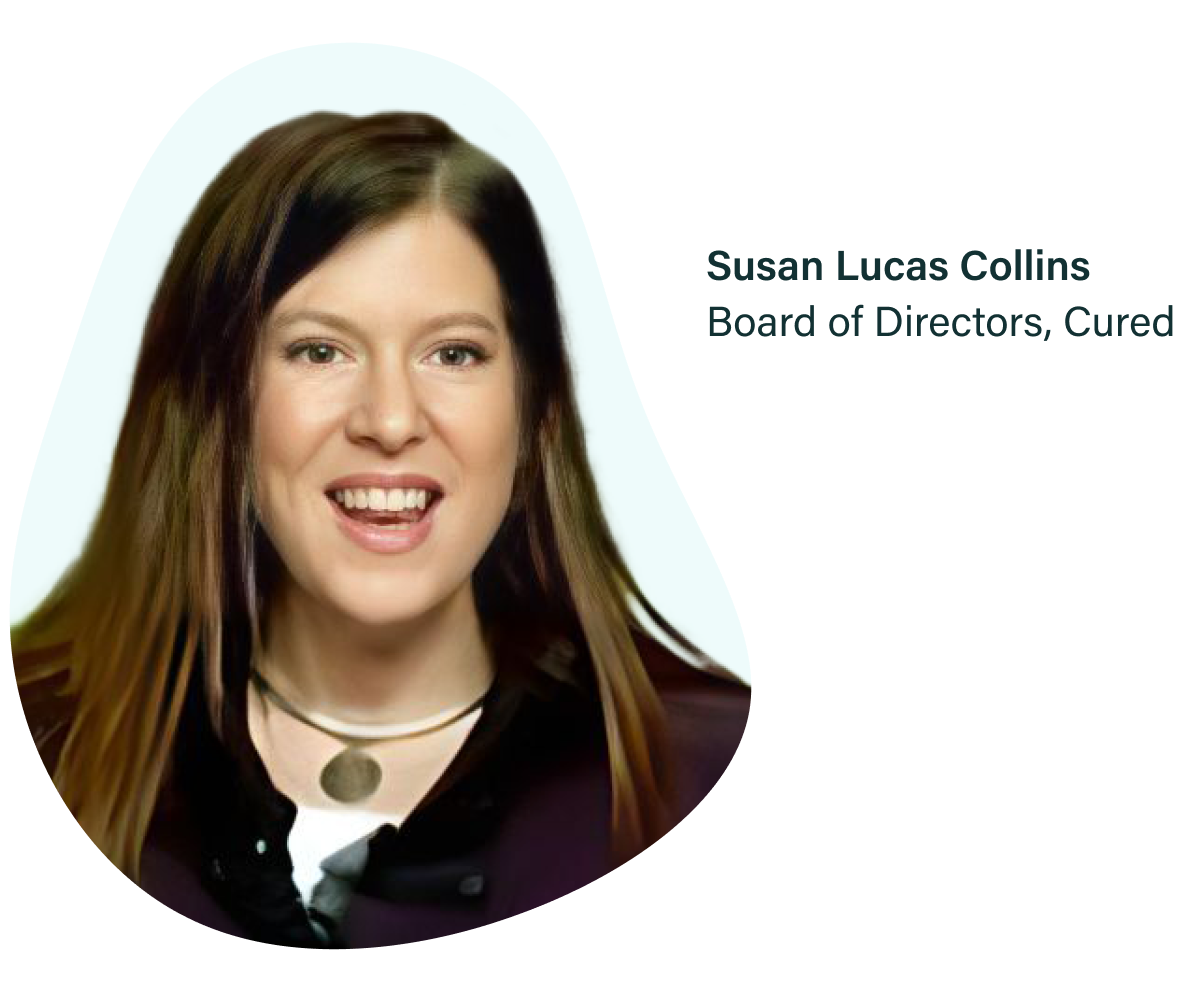2023 digital marketing predictions for healthcare
Increasing consumer demands, macroeconomics, and the lag in returning to pre-pandemic levels of care will create a complex path that healthcare organizations will navigate.
consumers demand more
Patients are in power and demanding digital relationships with providers. As healthcare spending trends downward, you must meet patients where they are to be the provider they choose—urgency matters. If you don’t meet patients in digital channels, the lack of engagement will negatively impact acquisition and retention.
first-party data is your advantage
Targeting the right patient with the proper care is essential to personalize journeys and direct patients to the right service lines. The existing data you have on your patients is your most valuable asset. This data gives you direct access to their needs and a unique ability to communicate with them when you need it most.
Hot Take: Do not get caught up in the third-party data hype. It is less accurate and does not allow you to engage with your patients in the digital channels they demand.
retention is necessary
Targeting the right patient with the proper care is essential to personalize journeys and direct patients to the right service lines. According to Cleveland Clinic, it costs 7x more to bring a lapsed patient back into their health system versus retaining and building upon existing patient relationships. There is a massive cost to losing a patient that is often overlooked. Now is the time to focus on keeping and building loyalty with patients within your healthcare organization.
re-engaging patients coming out of the pandemic is at the forefront
You must evaluate known patient behavior and consumption to uncover trends and find signals to predict engagement. Routine and preventative care is down 11%+ nationwide and as high as 60%+ in some geographies. Ongoing pressure to re-engage patients coming out of the COVID-19 pandemic increases your role in nudging patients toward preventative care.
Hot Take: Marketing teams will get a more prominent seat at the table by proving you generate revenue and improve patient outcomes.
digital marketing investments increase
Budgets may tighten or remain stagnant for 2023, but the allocation to digital initiatives should increase to deliver the experience consumers demand. Not doing this will set your organization back and lead to losing patients to competition. A bonus is, tracking impact and return on investment (ROI) is easier to report.
Hot Take: Email is not dead! You should lean into this channel because it generates the most engagement and is cost-effective.
In 2023, we will grapple with the fallout from the acute phase of the Covid pandemic, which highlighted many of the stresses that challenge our healthcare system. We have seen healthcare organizations implement technology at an impressive rate as they race to address these challenges. The resulting innovation has materially changed how we deliver and receive healthcare going forward. We've also created expectations for a more accessible, convenient, and holistic model as we address the whole person - including mental and physical health.
Digital tools make care more convenient and enable providers to materially improve patient engagement while managing costs, reach historically underserved communities, and create more appropriately personalized patient experiences.
We've learned a lot about how to communicate more effectively with the communities of patients we serve. In 2023, we can leverage this learning to implement more proactive and personalized care, with real potential to improve outcomes and bend the cost curve. Providers embracing this approach will create healthier communities and a healthier bottom line.
let’s bring healthcare full circle, together










